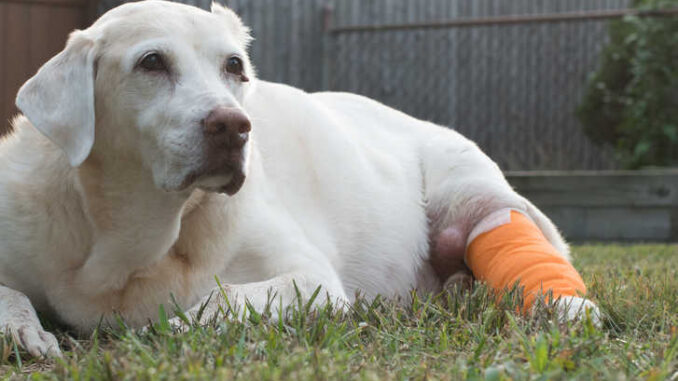
This article was updated on December 22nd, 2022
Mast cell tumors are a common skin cancer in dogs, accounting for 20% of all canine skin tumors. These tumors tend to be more aggressive and behave differently than many other masses. They can regrow at surgical sites after removal. If manipulated, licked excessively, or handled a lot, they can have redness, itchiness, and fluid buildup at the site.
The best thing you can do for your dog if he has been diagnosed with a mast cell tumor is to work closely with his veterinarian to devise a care plan. Many mast cell tumors can be treated successfully when diagnosed and treated quickly. Treatments may involve surgery, chemotherapy, or just keeping his symptoms under control and ensuring he is comfortable.
What are mast cell tumors?
Mast cells are an essential part of your dog’s normal immune response – they help the body fight off allergens by making and releasing chemicals such as histamines and heparin. When the mast cells divide uncontrollably, we end up with a mast cell tumor. These chemicals that once helped mount an allergic response to something can now cause problems – itchiness, fluctuation in the mass size, even vomiting and stomach ulcers.
Why is my dog itchy?
When a mast cell tumor is handled or squeezed too much, it can release histamines. Histamines are responsible for swelling and fluid in the region, as well as extreme itchiness and hives. For example, saliva can trigger histamine release from nearby mast cells when a mosquito bites your dog. That histamine binds itch receptors.
So when a large group of mast cells is handled or disturbed, there can be a significant histamine release and subsequent large itch response.
What if the mast cell tumor starts to bleed?
If your dog is chewing or itching the site of the mast cell tumor, there is an increased risk of bleeding. Typically the bleeding is relatively light and does not require an emergency vet visit. You can cover the bleeding with a light bandage until your vet can take a look – just ensure the bandage is loose to prevent circulation problems.
You may also need to put a cone or Elizabethan collar on your dog to keep him from licking and chewing.
There are not any safe over-the-counter drugs to stop bleeding. If you can’t control the bleeding, it may be best to seek emergency care. In the most extreme cases, the vet may need to surgically remove the tumor immediately to stop bleeding.
Should you remove mast cell tumors in dogs?
Mast cell tumors and their treatments depend heavily on the tumor’s grade (the measurement of the tumor’s aggressiveness), including if and how extensively the cancer has spread. Surgical removal is the best treatment to achieve a complete cure, but this is typically reserved for tumors that are not widespread. Some mast cell tumors have invaded the tissues too extensively for complete removal; in these cases, chemotherapy and radiation may be more beneficial.
Treatment options
Surgery
Surgical removal is the best treatment for low-grade tumors that have not spread to other parts of the body. Because mast cell tumors can invade and spread into deeper tissues, your veterinarian will likely have to take large margins of tissue around the tumor to ensure complete removal.
Also, keep in mind that even with removal, mast cell tumors can grow back at the surgery site.
Radiation
Radiation is often used when there is incomplete tumor removal following surgery. This therapy uses small doses of X-rays over multiple treatments, usually about a month duration. This helps lower the radiation amount that the surrounding healthy tissue is exposed to.
Chemotherapy
Chemotherapy is typically reserved for the most aggressive mast cell tumors that have spread to other parts of the body. Even then, mast cell tumors do not always behave predictably to chemotherapy.
Newer therapies
Stelfonta (tigilanol tiglate) is a new treatment for mast cell tumors that have not spread to other parts of the body. It is injected directly into the tumor, disrupts the tumor’s blood supply, and causes the tumor cells to disintegrate. It has a success rate of 75-80%.
It is important to note that because Stelfonta kills the tumor cells, it causes extensive swelling and an open wound that often takes weeks to heal.
Palladia (toceranib phosphate) is another anti-cancer drug licensed by the FDA for mast cell tumor therapy. It is an oral medication that targets specific receptors on cancer cells and inhibits blood vessel formation in tumors. It can either shrink the tumor or at least stabilize it. Keep in mind every tumor will react differently to these medications though.
Palliative care
In cases where owners choose not to pursue more aggressive treatments, or if the dog’s tumor and symptoms are not responding to other therapies, palliative care becomes very important. Palliative care includes controlling histamine release with antihistamines like Benadryl, using steroids to curb inflammation, and even antacids to help with stomach ulceration and vomiting.
It is important to communicate with your vet about the success of various prescribed treatments since they can often adjust doses as symptoms change. Sometimes short courses of steroids can get flare-ups under control as well. There are also numerous antihistamines other than Benadryl. If your dog is still showing discomfort, itchiness, or redness at the tumor site, it may be worth changing to a different antihistamine.
Prognosis
The chances of recovery and a good outcome depend on the tumor grade. Localized low-grade tumors can be cured with surgical removal. If the tumor has spread to local lymph nodes, the treatment may need to be a bit more aggressive. The dog will likely need a combination of surgery, radiation, and chemotherapy. Most reports suggest with these therapies, a dog may live months and up to 5 years past diagnosis. Keep in mind this prognosis varies by the extent and grade of the tumor and how it responds to treatment.
A mast cell tumor that has spread to multiple areas of the body has a lower survival rate, even with a combination of therapies. Fortunately, it is not common for mast cell tumors to spread this aggressively. In these cases, though, supportive care is often needed to keep your dog comfortable.
FAQs
Does CBD oil shrink tumors in dogs?
Studies at Cornell University have shown some success with CBD oil and decreasing cancer cell reproduction rate in certain types of cancers like lymphoma and mammary cancers. Before starting CBD oil in your dog though, you should have a conversation with your vet about whether this would be beneficial. The studies indicate more research is needed about which types of cancers CBD may be most helpful for since cancers have different receptors and may respond differently to CBD.
Does prednisone shrink tumors in dogs?
Prednisone is a type of steroid. Steroids can help shrink tumors by fighting inflammation and killing cancer cells, but the results are often short-lived. They are inexpensive treatments though, and usually worth trying if other medications are not an option.
Related Articles About Mast Cell Tumors:

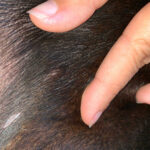

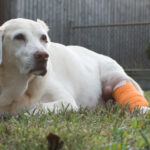

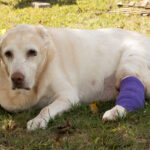
Disclaimer: This website's content is not a substitute for veterinary care. Always consult with your veterinarian for healthcare decisions. Read More.


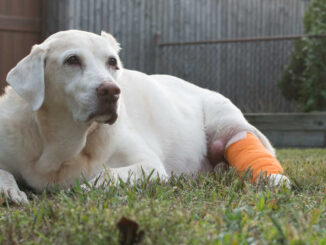

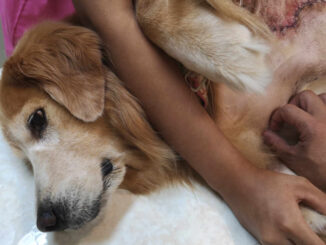
Which other antihistamines besides Benadryl are also effective to control histamine release with mast cell tumors? I don’t like giving Benadryl as it makes them tired and sleep way too much.